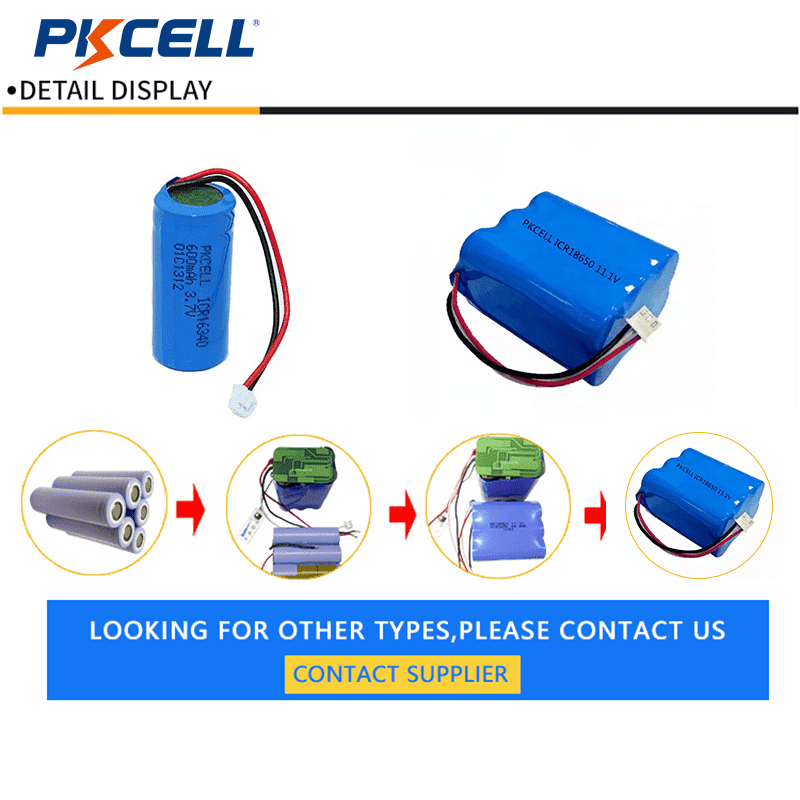There are two types of lithium-based batteries, Primary Lithium (metal) and Rechargeable
Lithium Ion. Lithium Primary batteries are starting to replace the commonly used alkaline batteries because they are longer lasting. These batteries can be found as AA/AAA, C, D,Coin/Button cell, and 9v and are usually labeled with the word “lithium”.
Lithium batteries are used in common household items such as flashlights, cameras, toys, and for medical devices and security systems. Lithium-Ion batteries are rechargeable and are used in vaping devices,many personal electronics such as cell phones, tablets, and laptops, E-Bikes, electric toothbrushes, tools, hoverboards, scooters, and for solar power backup storage. As the industry advances, more and more products will utilize these powerful batteries.

Lithium batteries can cause fires and even explode if managed incorrectly. Keep all lithium batteries out of the trash and out of your household recycling.
1. INDENTIFIYING Lithium primary or Lithium-ion rechargeable batteries
Lithium Primary batteries may be marked “Lithium;” button/coin cells may begin with (CR###).
Lithium Primary Batteries (non-rechargeable) can be found as AA/AAA, C,D, Coin/Button cell, and 9v. They are starting to replace many common alkaline batteries because they are longer-lasting.
Lithium-Ion batteries may be marked “Rechargeable,” “Lithium Ion,” “LiION,” “Li-ion,” “Li-Ion”, “LiPo” (lithium polymer); button/coin cell begins with(LIR###). They may or may not have a battery seal or other mark.
2. STORING/HANDLING Lithium Batteries
• Do not remove any lithium battery that is not intended to be replaceable within the product it powers (such as cell phones, vaping devices, thin laptops, and other electronic products).
o The battery may be glued into the product. Forced removal of the battery can result in an immediate fire or explosion.
o The battery may be in silver colored, cellophane-type bags or hard-plastic casing.
Tearing or puncturing the bag or crushing/penetrating the plastic casing can result in an immediate fire or explosion.
• After removing a spent battery from a product, bag it individually in a clear sealable bag or tape the terminals with clear packing tape.
3. HIGH WATT-HOUR Lithium-ion batteries (>300 watt-hours)
• Automatically considered a hazardous material, whether they are damaged or not.
• Require CFR49 certification and paperwork to transport or ship.
Watt-hours are calculated by multiplying volts by amp-hours, which are labelled on
batteries. These large batteries are commonly found in e-bikes, e-scooters, landscaping
tools, and more. Call2Recycle offers a high watt-hour kit that is specially permitted by
Department of Transportation to exempt a shipper from CFR49 requirements. Contact your
solid waste management district or municipality or Call2Recycle for more information.
4. HANDLING DAMAGED Lithium batteries
Do not use damaged or abused batteries.
• Store outdoors in a watertight covered container filled with sand or kitty litter.
• Contact your solid waste management district or municipality for proper management in
your area (VTrecycles.com).
IF a lithium battery starts to swell, smoke, or catch fire
1. Do NOT touch the battery with bare hands.
2. Immediately bring the battery outside (step away as soon as possible to avoid
inhalation) and place it in a container of kitty litter or sand(dirt).
3. Contact your solid waste management district or municipality for proper management.
Post time: Mar-10-2023





